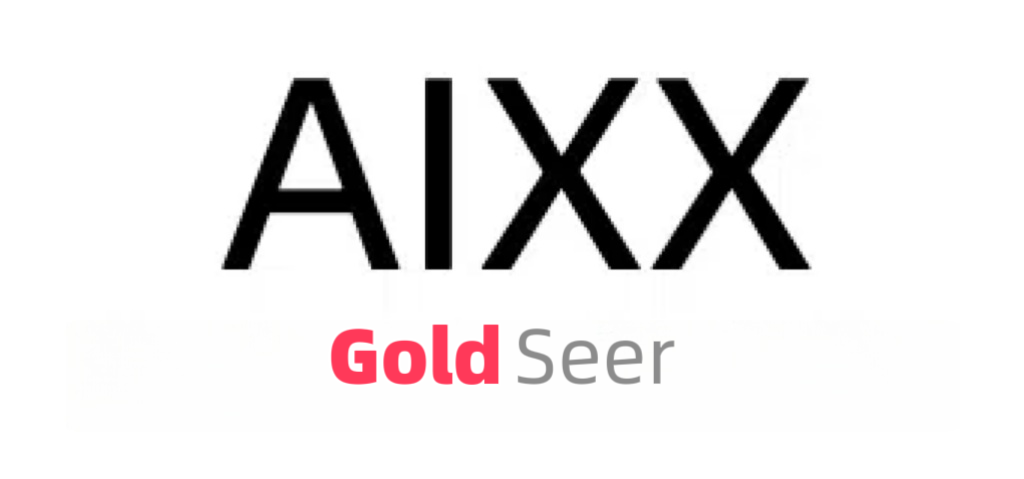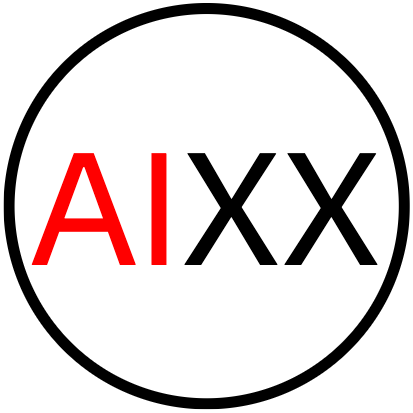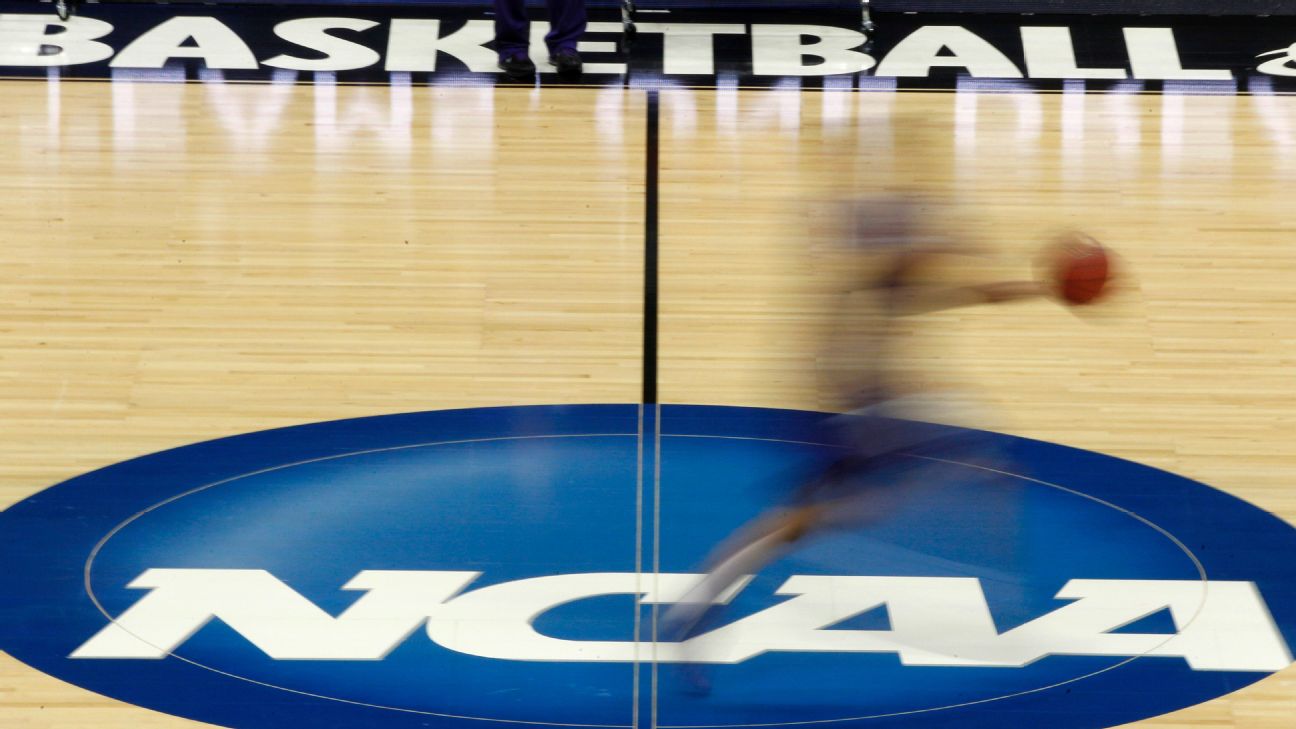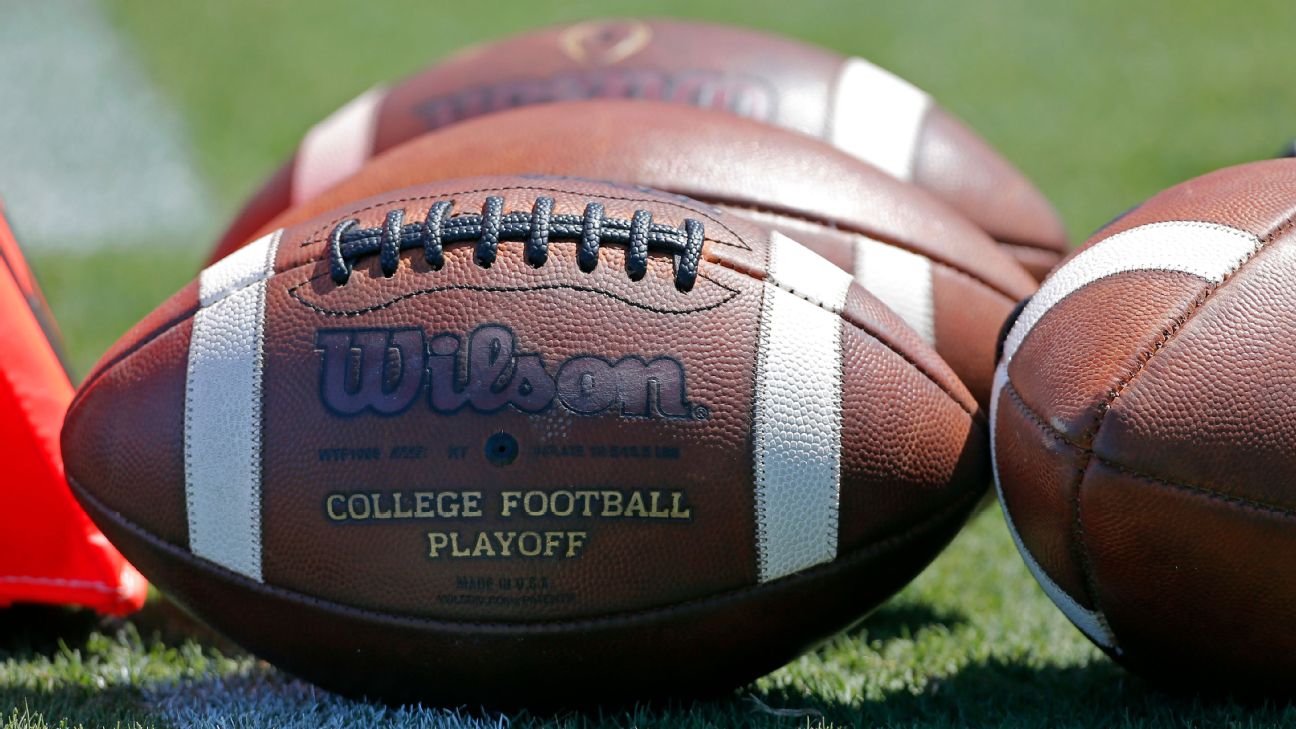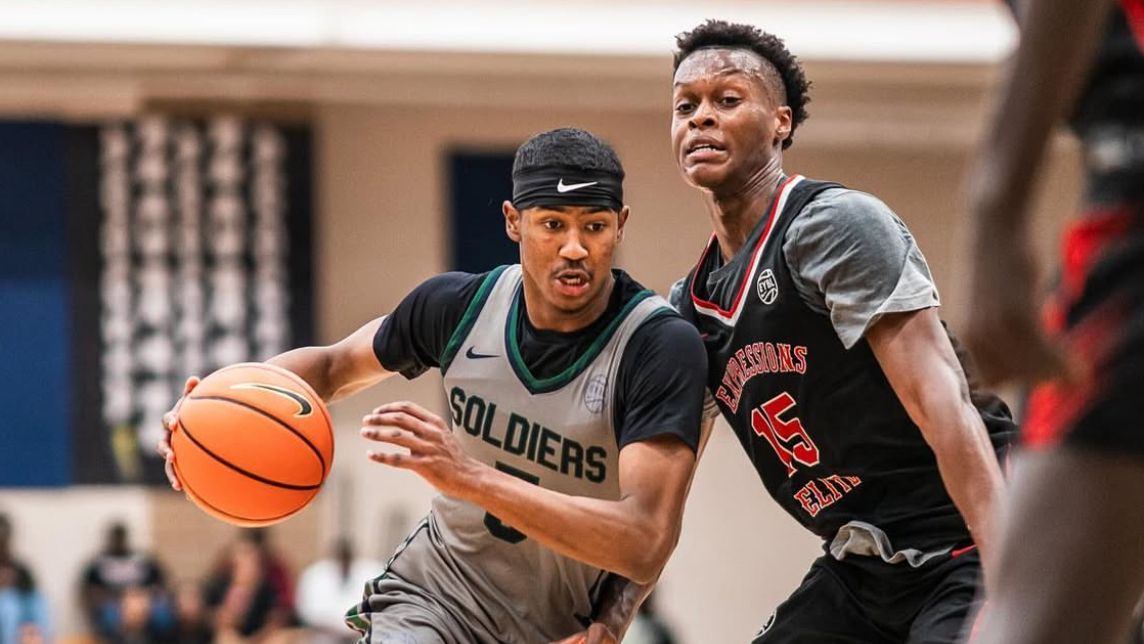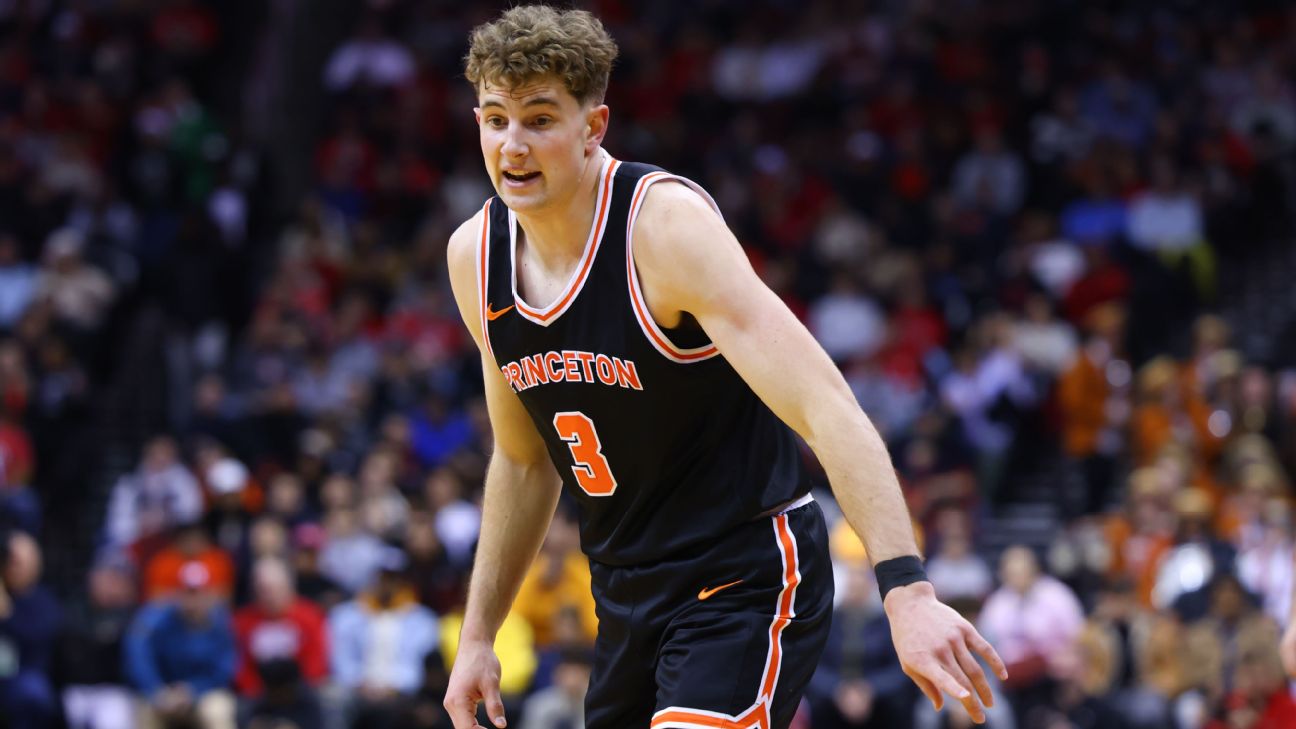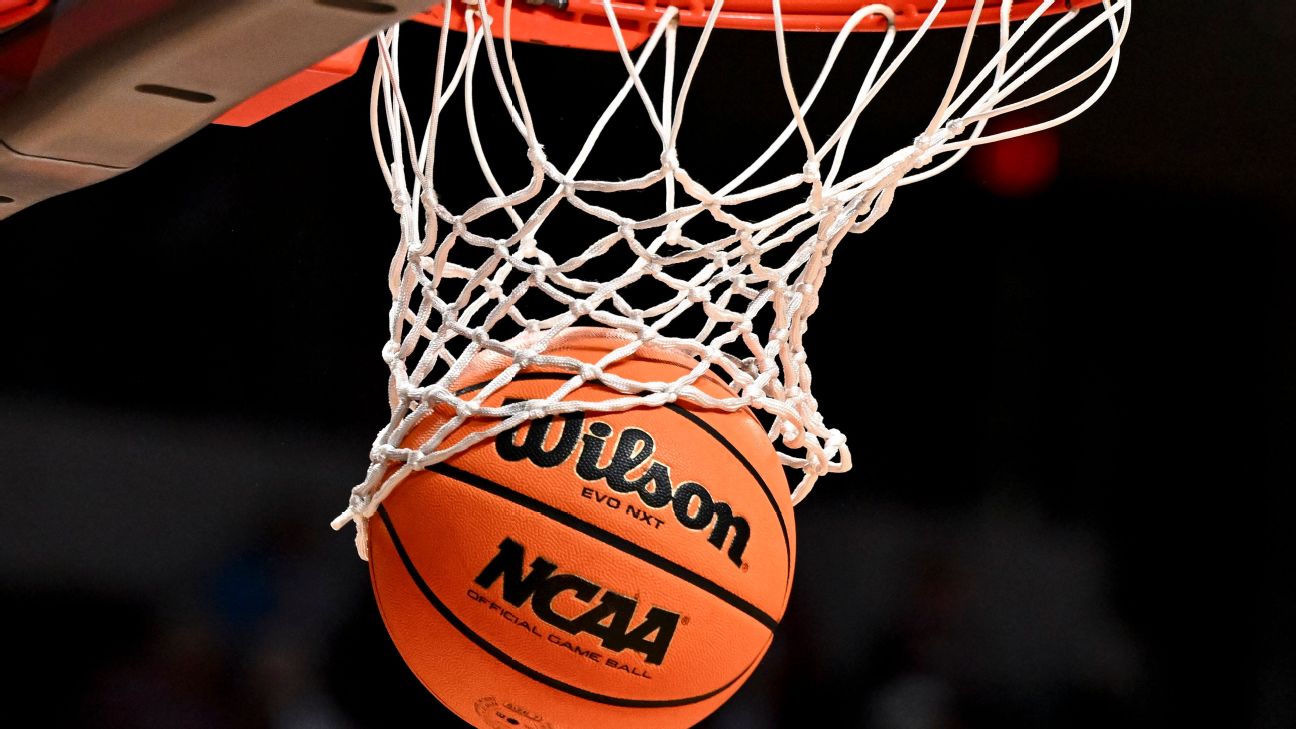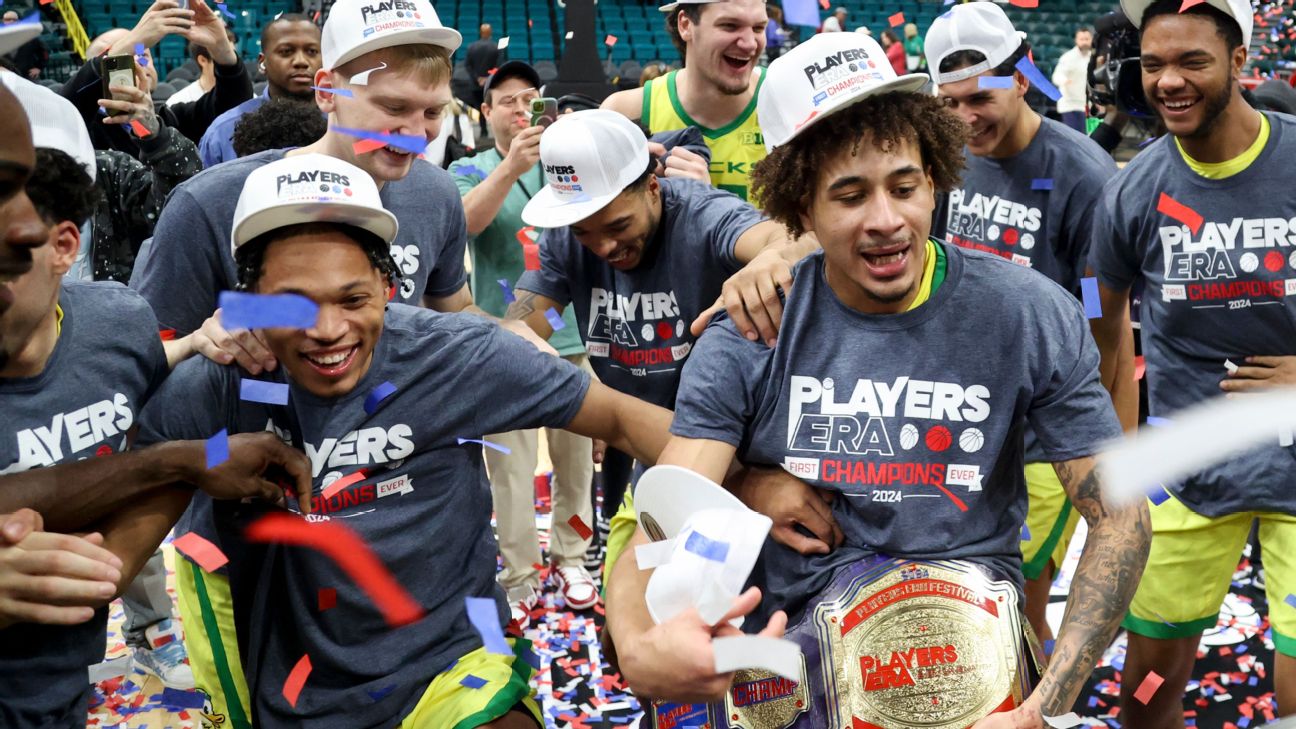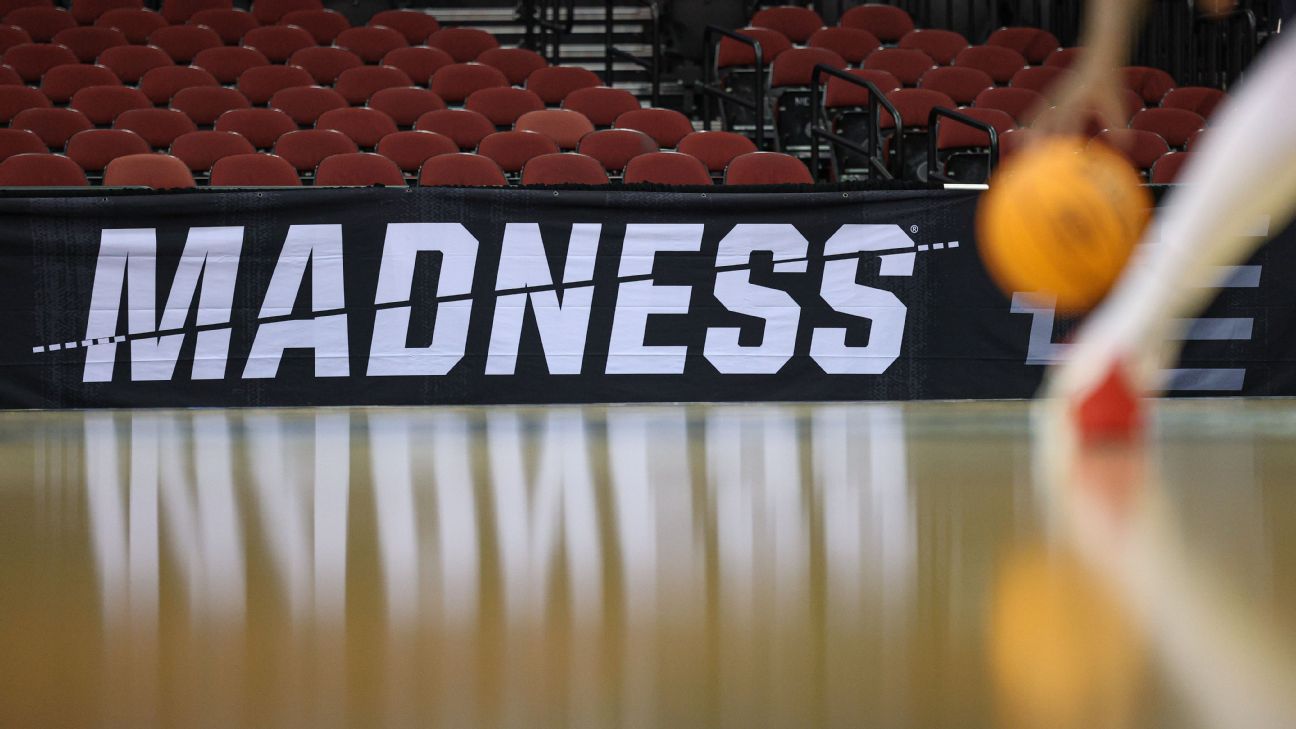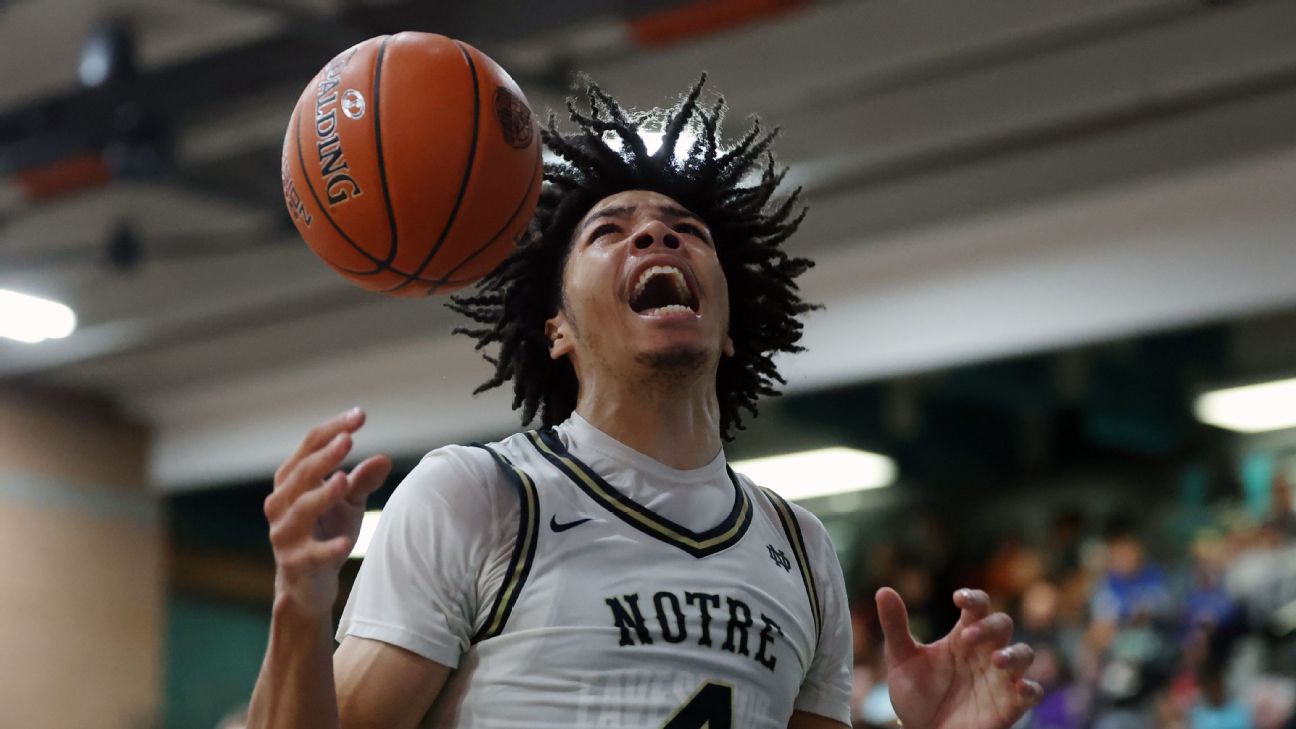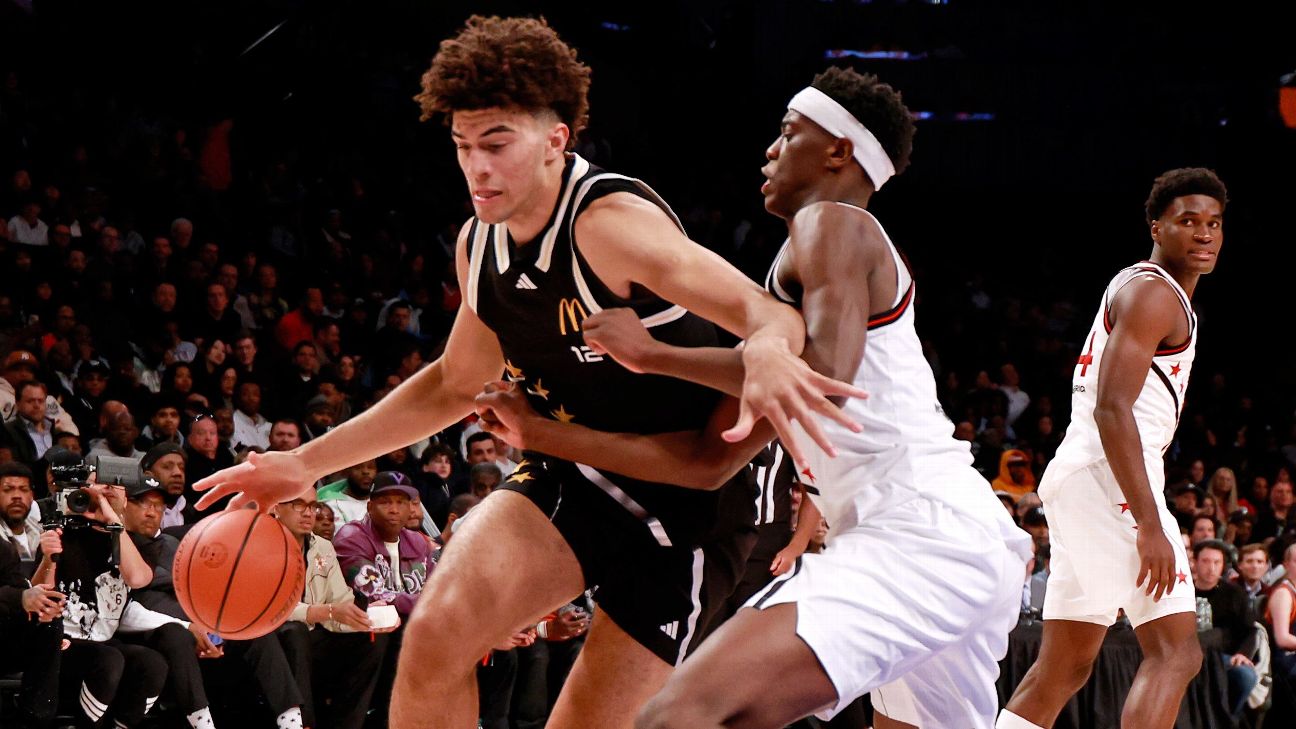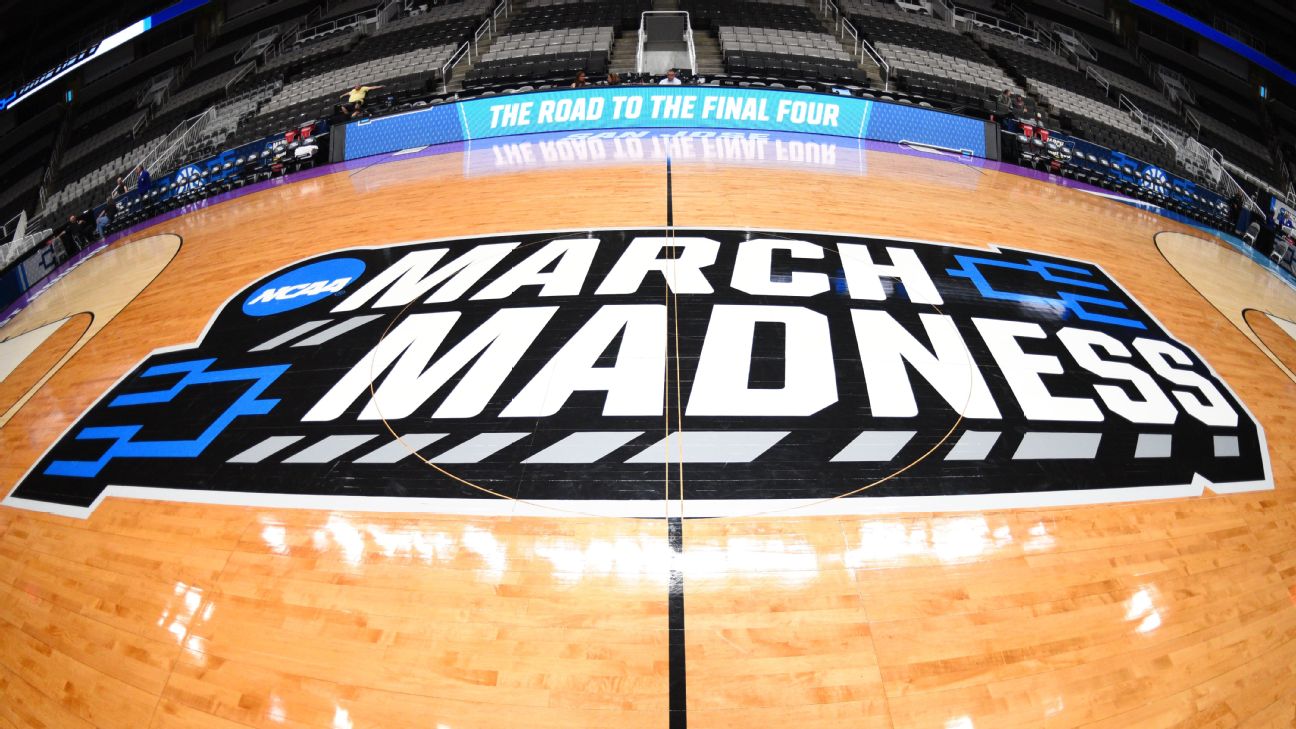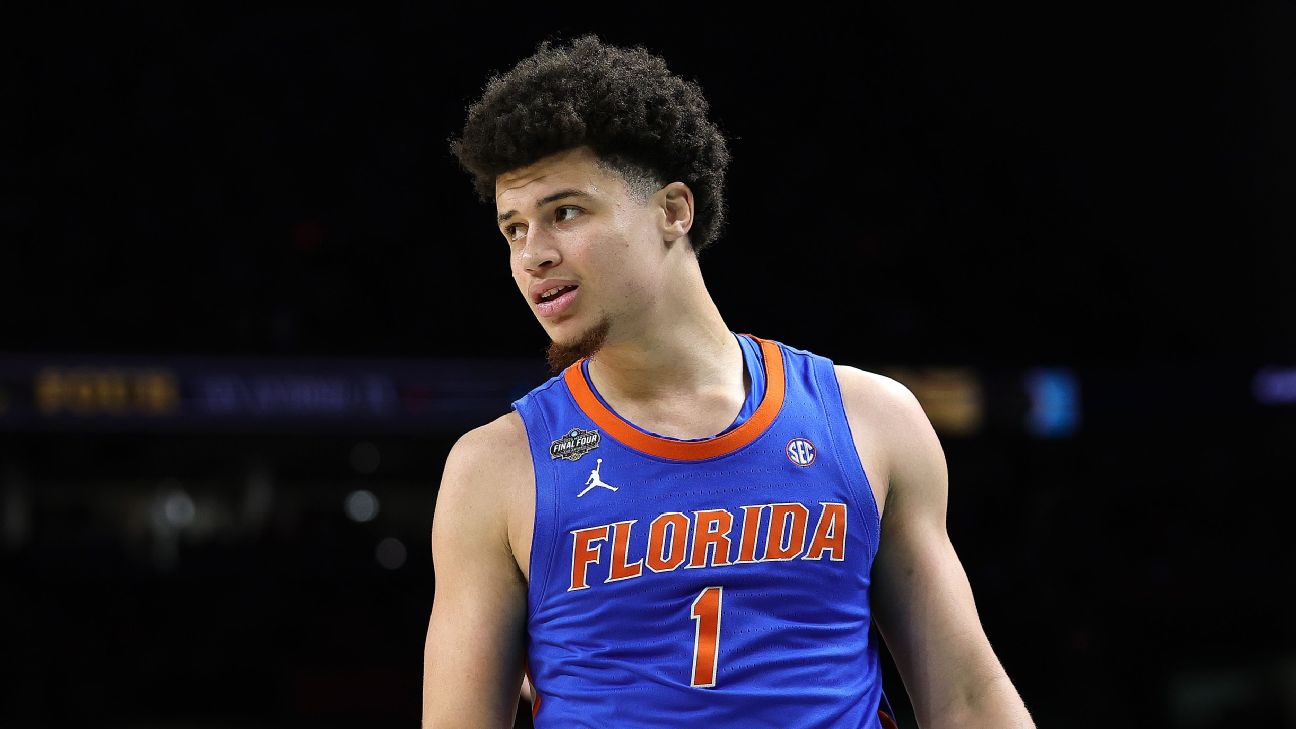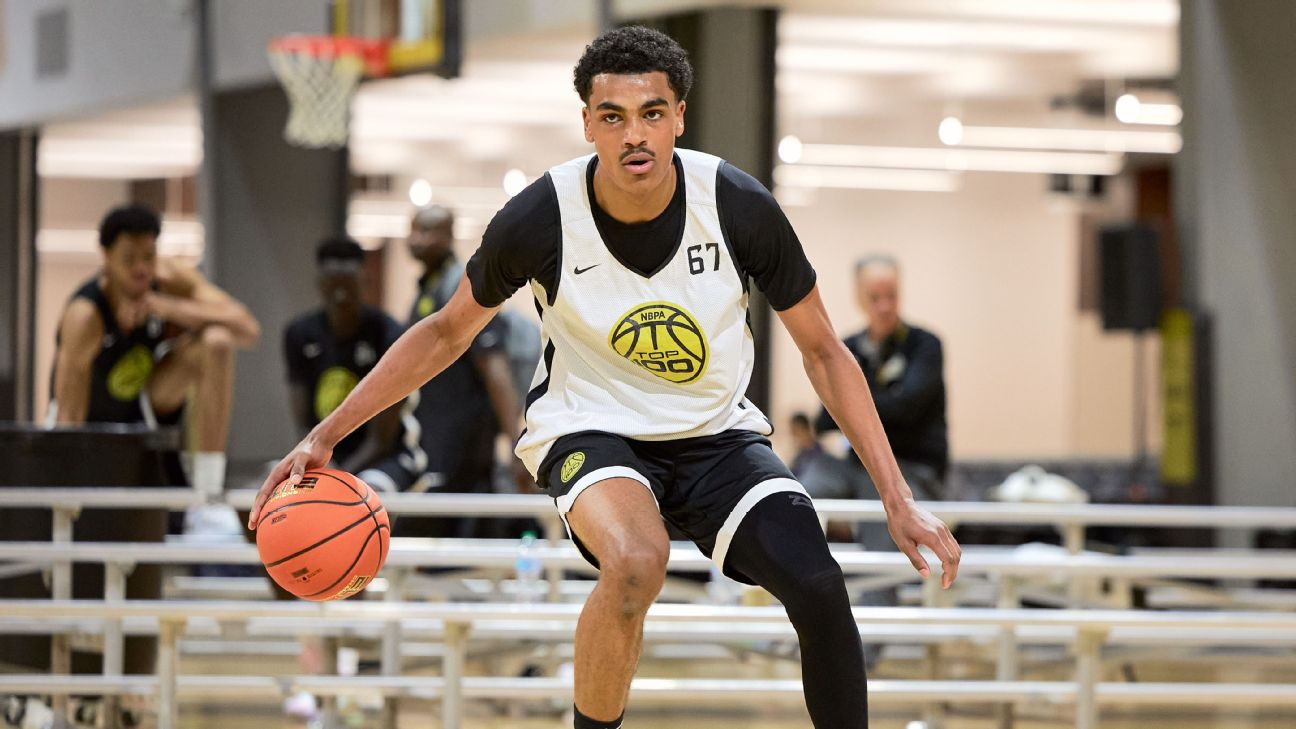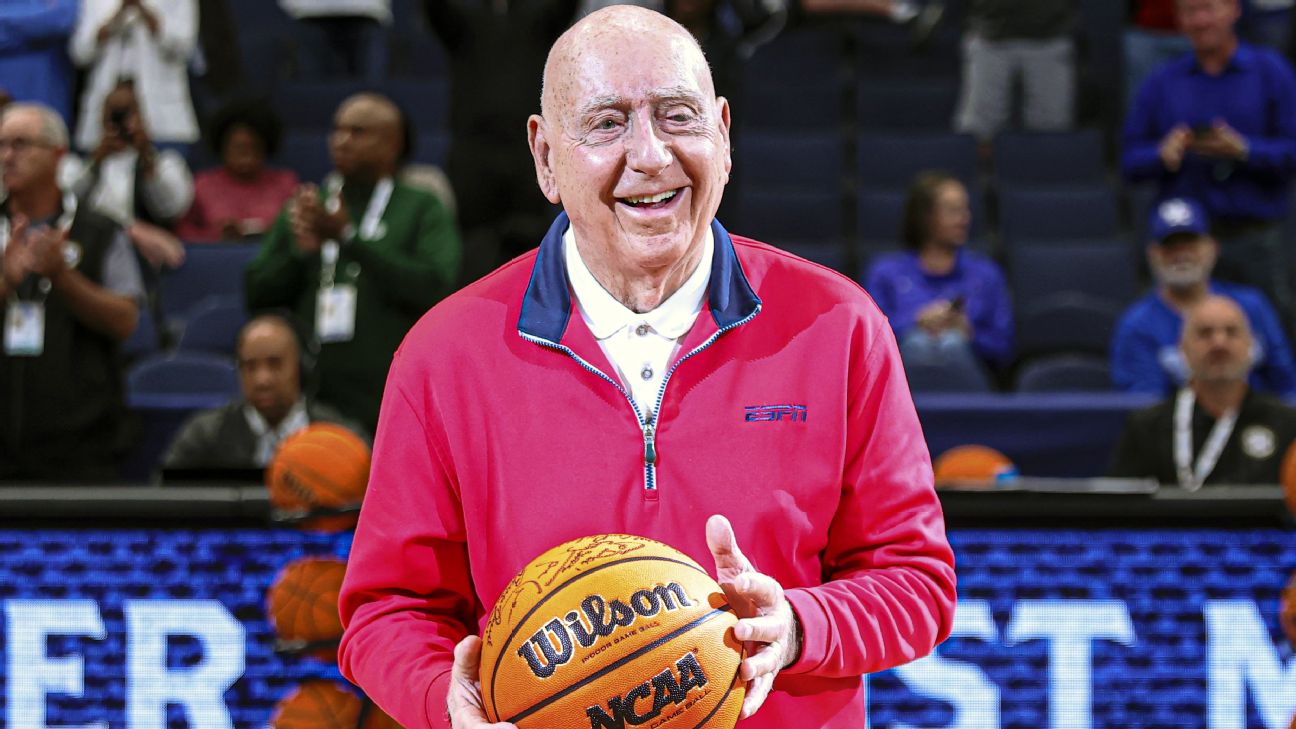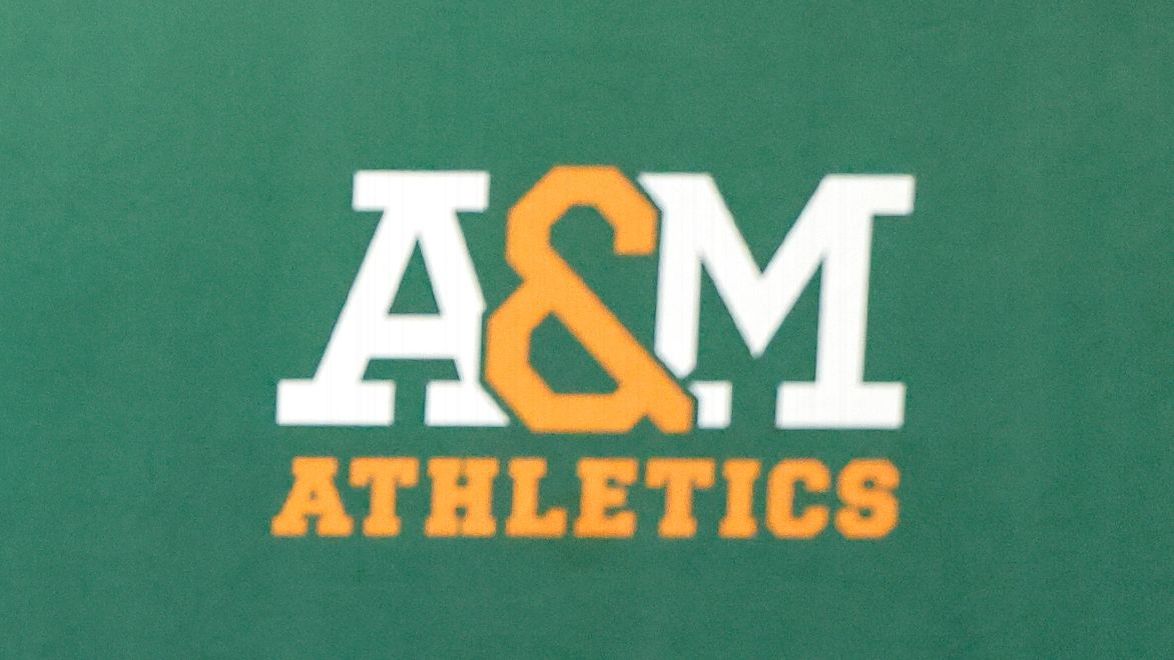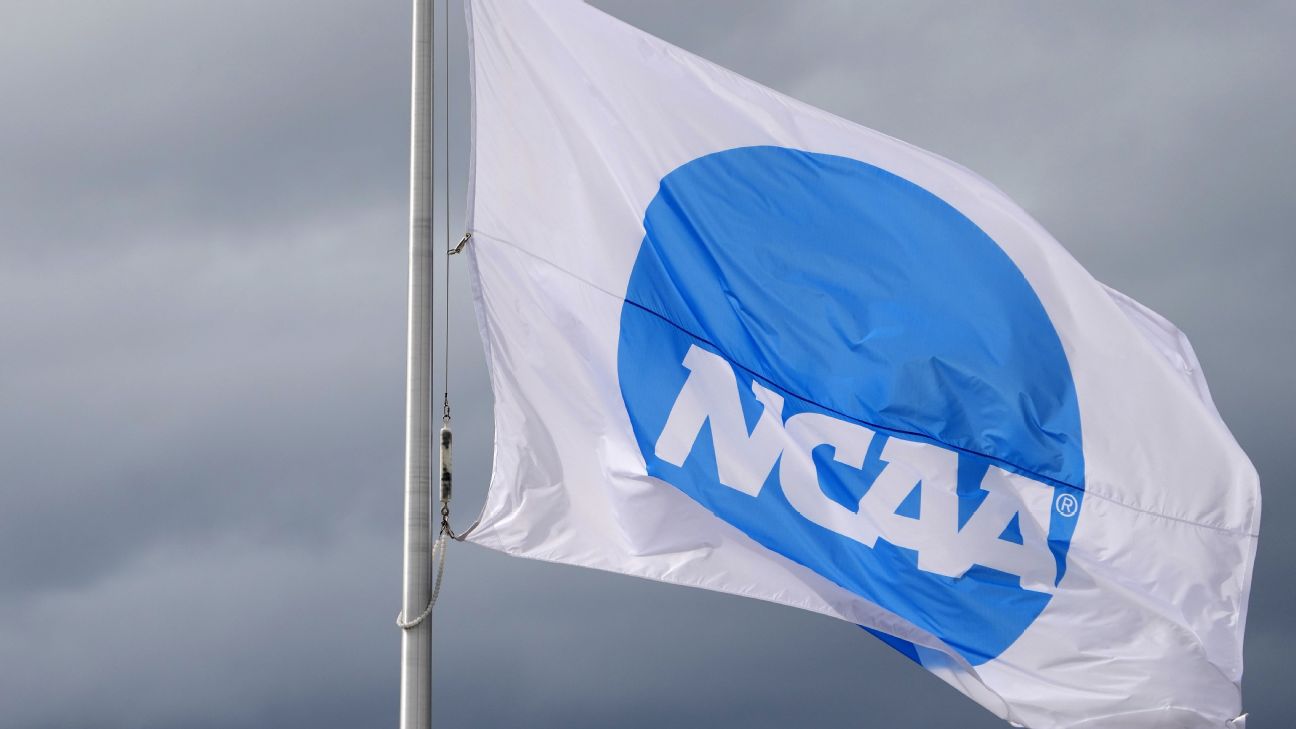Navigating the New Era of NCAAM Recruiting: Challenges and Uncertainties in the Revenue-Share Model
Explore the complexities and uncertainties in NCAAM recruiting as coaches and players adapt to the new revenue-sharing model and evolving NIL regulations.
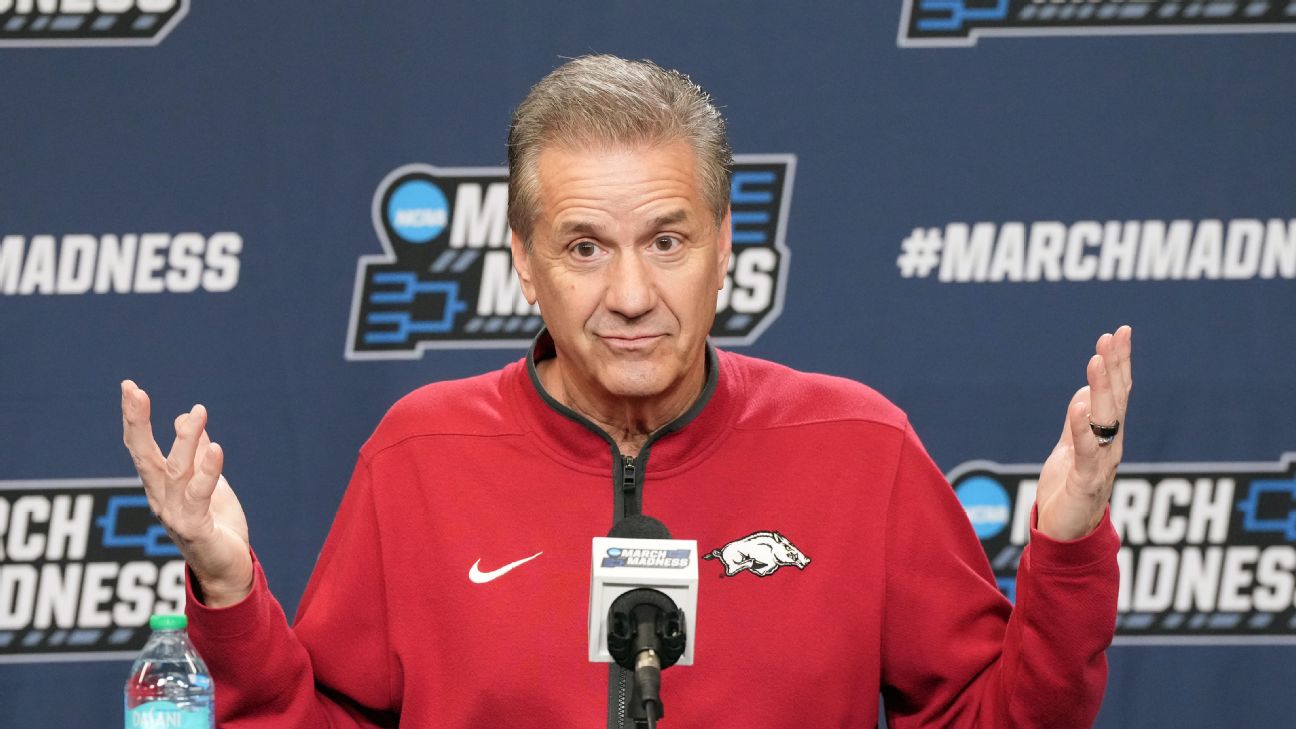
The Impact of Revenue-Sharing on NCAAM Recruiting
The landscape of NCAAM recruiting has undergone significant changes with the introduction of the revenue-sharing model. This new era, marked by the House vs. NCAA settlement, allows schools to directly pay student-athletes, but it also brings a host of uncertainties, particularly around Name, Image, and Likeness (NIL) deals.
The Role of Collectives in Player Compensation
Collectives have played a pivotal role in player compensation, accounting for an estimated 81.6% of all NIL compensation as of last October. However, the newly established College Sports Commission (CSC) has introduced regulations that complicate the role of these collectives. The CSC's NIL Go clearinghouse has rejected some collective-backed transactions, stating that deals must be between players and companies that provide goods or services to the general public for profit.
Recruiting Timelines and Financial Uncertainties
The uncertainty surrounding collective-backed NIL deals has directly impacted the recruiting timelines for high school prospects. Coaches are now focusing on the 2026 recruiting class later than in previous years, and players are drawing out their timelines as well. Only nine prospects in the 2026 ESPN 100 were committed entering the July recruiting period, compared to 17 a year ago.
Adjusting Valuations and Future Rosters
Coaches are also adjusting their valuations of players to be mindful of salary allocations for future rosters. This means college programs might need to move ahead with their recruitment of the 2026 class without knowing, for certain, what numbers they can actually promise. Player valuations for the 2026 recruiting class could fall dramatically, with some high-major coaches predicting that the days of players earning $2-$4 million are over.
The Transfer Portal's Growing Influence
The transfer portal continues to play a significant role in the recruiting process. Coaches are prioritizing proven college experience over high school prospects, leading to a slower development of the 2026 recruiting class. The portal's influence is squeezing the recruiting timeline at both ends, with coaches focusing on setting their rosters before turning their attention to high school recruits.
Looking Ahead: The Future of NCAAM Recruiting
As the revenue-sharing era unfolds, the future of NCAAM recruiting remains uncertain. Coaches and players alike are navigating a landscape filled with financial and regulatory challenges. The role of collectives, the impact of the transfer portal, and the evolving NIL regulations will continue to shape the recruiting process in the years to come.
For more insights and updates on NCAAM recruiting, stay tuned to our coverage.
